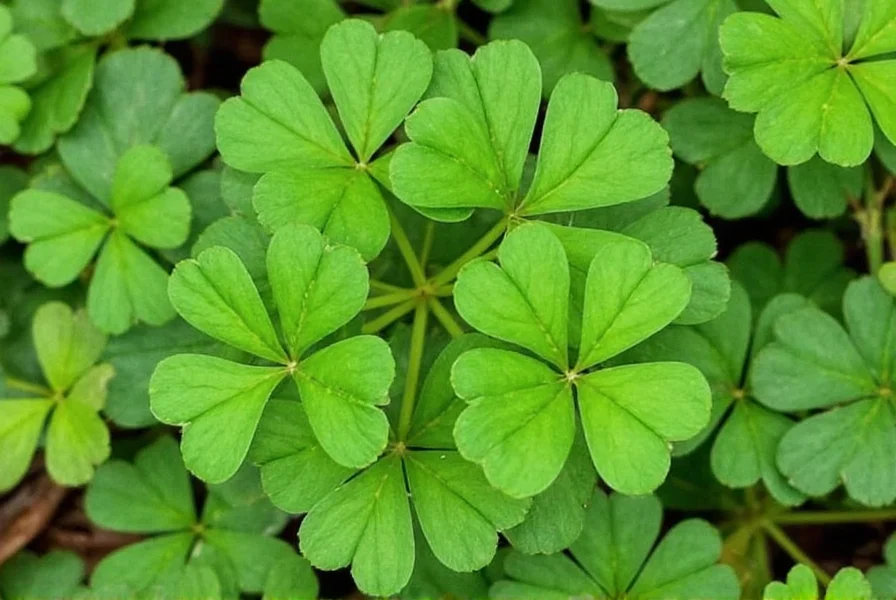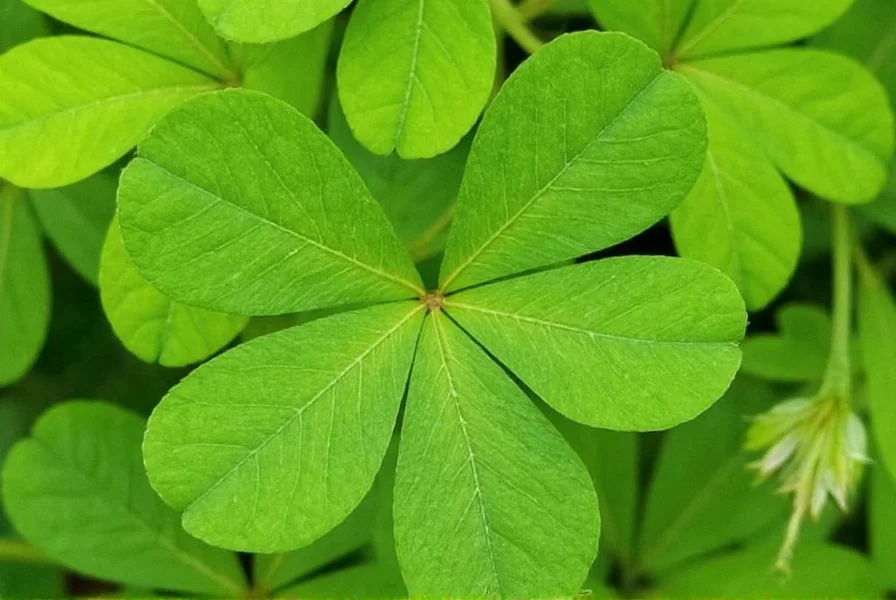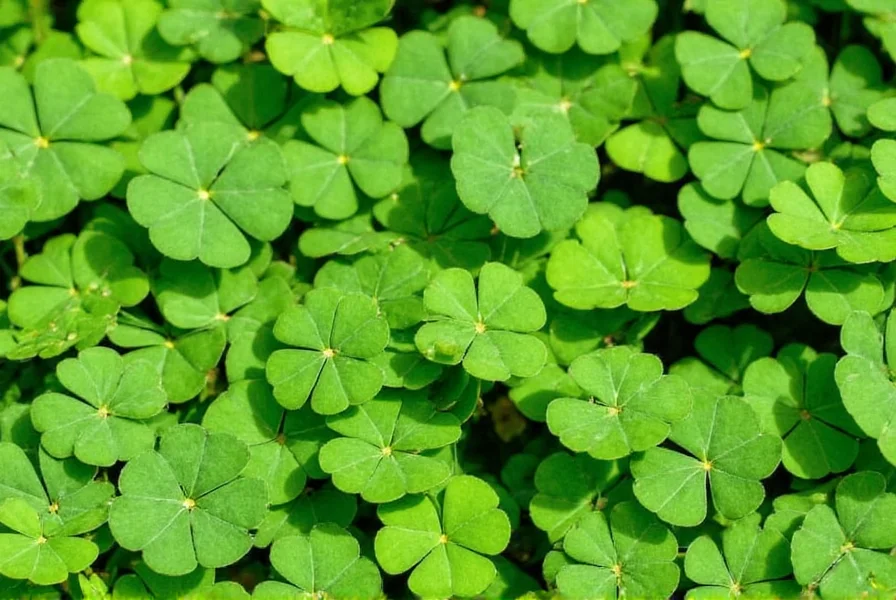Why You Might Misjudge Clover (And Why It Matters)
Most people dismiss clover as a stubborn lawn weed—something to eradicate with herbicides. But this overlooks its ecological superpower: nitrogen fixation. Unlike grasses that deplete soil, clover replenishes it. The USDA Plants Database confirms it converts atmospheric nitrogen into plant-usable forms via root nodules, reducing synthetic fertilizer needs by up to 50% in pastures. Ignoring this turns fertile ground into dependency on chemicals, increasing costs and harming soil health long-term.
Clover's Real-World Value: Beyond the "Lawn Invader" Label
Forget "weed" thinking. Clover actively repairs ecosystems. The National Park Service documents how it stabilizes soil on slopes, preventing erosion in meadows after wildfires. For gardeners, the Royal Horticultural Society notes it thrives under foot traffic—making it ideal for play areas where grass dies. Its nectar-rich flowers attract 3x more bees than standard lawns (per RHS trials), directly supporting pollinator decline solutions. In vegetable gardens, it acts as living mulch: suppressing weeds while releasing nitrogen as it decomposes, as shown in this USDA case study: plants.usda.gov/core/profile?symbol=TRRE2.
When to Embrace Clover (And When to Pull It)
Clover isn’t universally perfect. Match it to your goals using this decision guide:
| Scenario | Use Clover? | Key Reason |
|---|---|---|
| New lawn in poor soil | ✓ Yes | Nitrogen fixation builds fertility; tolerates compaction better than grass (RHS data) |
| Formal golf-course lawn | ✗ Avoid | Flowers attract bees; uneven height disrupts manicured look (Better Homes & Gardens) |
| Vegetable garden pathways | ✓ Yes | Suppresses weeds without chemicals; decomposes into free fertilizer (USDA trials) |
| Pasture for dairy cows | ✓ Yes | Higher protein content than grass; reduces bloat risk vs. red clover (NPS research) |
| Allergy-prone household | ✗ Avoid | Pollen may trigger hay fever; use low-pollen cultivars like 'Durana' if essential |

Choosing the Right Clover: Avoiding Costly Mistakes
Not all clovers are equal. White clover (Trifolium repens) is the most versatile for gardens, but misidentifying species leads to failures. Red clover (Trifolium pratense) grows taller and requires richer soil—planting it in sandy lawns causes patchy die-off. Always check leaf shape: white clover has oval leaflets with a pale crescent; red clover has heart-shaped leaflets and pink flowers. The Better Homes & Gardens guide warns that cheap "clover" seed mixes often contain invasive species like alsike clover, which causes photosensitivity in livestock. Test seeds by sprouting a sample first—reputable brands like Pennington list Trifolium repens cultivars (e.g., 'Microclover') on packaging.

Debunking 3 Persistent Clover Myths
Myth 1: "Four-leaf clovers are a different species." Fact: They’re genetic mutations in white clover, occurring roughly once per 10,000 plants (USDA verified). Luck symbolism stems from Celtic folklore—not biology.
Myth 2: "Clover poisons pets." Fact: White clover is non-toxic to dogs/cats (ASPCA data), but excessive grazing may cause mild stomach upset. Avoid red clover for livestock—it contains coumarin, which thins blood.
Myth 3: "Clover ruins lawns forever." Fact: It dies back in extreme drought or dense shade. Better Homes & Gardens confirms overseeding with ryegrass in fall suppresses it naturally—no herbicides needed.
Everything You Need to Know
Yes, young white clover leaves and flowers are edible raw or cooked. They contain vitamins A and C but taste bitter when mature. The USDA notes historical use in salads during food shortages, though modern foraging requires positive ID to avoid toxic look-alikes like hogweed.
Store seeds in airtight containers at 40°F (4°C) with 20% humidity. The RHS confirms viability lasts 2-3 years this way. Avoid freezing—moisture condensation kills germination. Test viability by placing 10 seeds on a damp paper towel; if fewer than 7 sprout in 5 days, replace stock.
No evidence links clover to increased ticks. The NPS states ticks prefer tall grasses and leaf litter. Clover’s low height (2-6 inches) actually reduces tick habitat. Maintain mowing below 4 inches to deter them—clover requires less frequent cutting than grass, saving time.
Yes, but choose dwarf cultivars like 'Pirouette'. Use 6-inch deep pots with drainage holes—clover roots need oxygen. The RHS advises against standard potting mixes; blend 60% compost with 40% sand for optimal nitrogen fixation. Water only when top inch of soil dries to prevent root rot.










 浙公网安备
33010002000092号
浙公网安备
33010002000092号 浙B2-20120091-4
浙B2-20120091-4